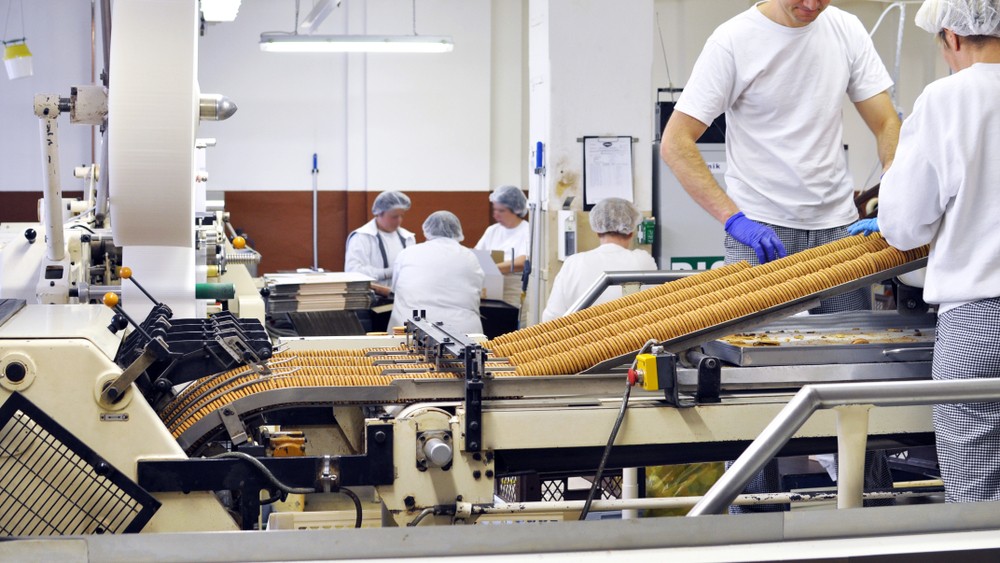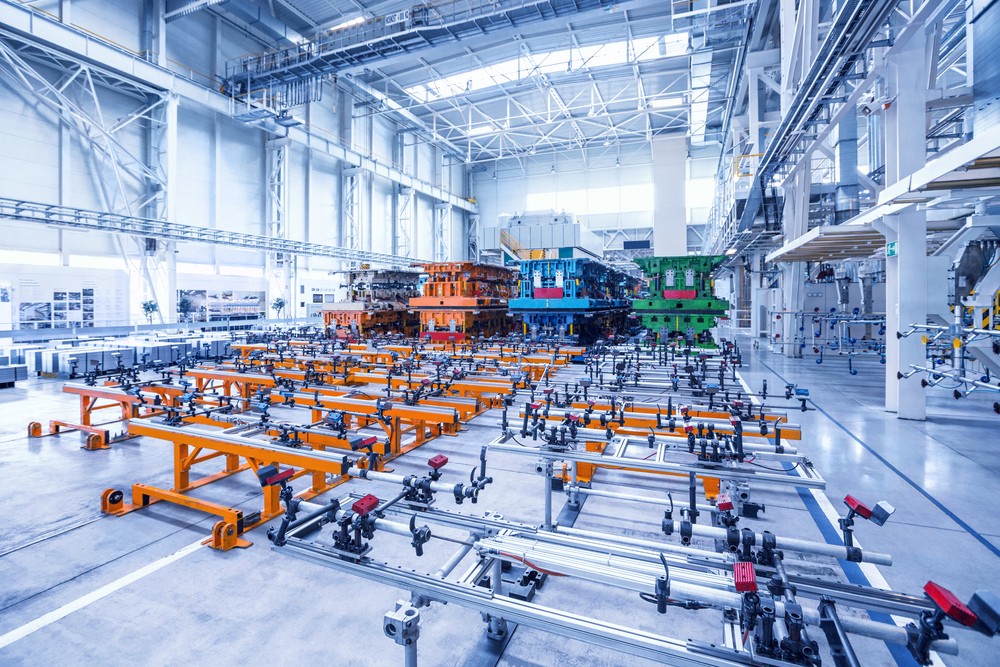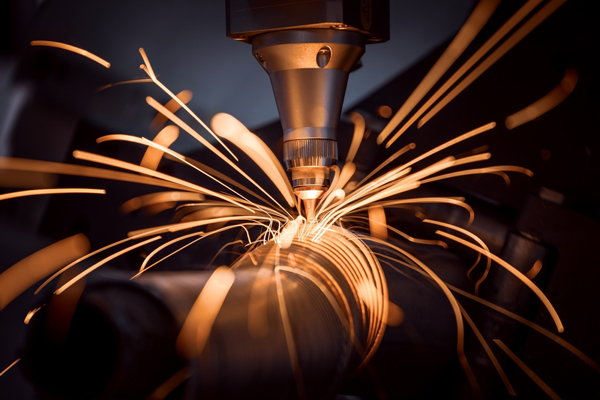Continuous Production Requires a Continuous Eye on Maintenance

Every factory’s mode of production depends on what, exactly, it’s producing. When it comes to traditional batch production versus newer modes of continuous production, it doesn’t make sense to continuously produce furniture, but it does make sense to address the constant (often outpaced) demand for producing food or medication. Continuous production maximizes output, but to be successful, it requires a maintenance plan that can sustain it.
Continuous vs. batch production models
Continuous production is a flow production method that allows factories to produce products or materials on a 24/7 basis. In this model, each component of a finished product flows from one machine to the next without interruption. Large-scale, standardized products such as chemicals, gas, oil, and steel are often produced using this continuous method.
Batch manufacturing, in contrast, allows companies to produce personalized or smaller production runs. It allows companies to create variations in single products, such as changes in color, size, or style. If the product requires any variation, batch manufacturing is the preferred production model to ensure changes aren’t made at the expense of product quality.

Continuous production demands proactive maintenance
Manufacturers that use continuous production models must keep equipment maintenance top of mind, since any issue — even a minor one — can bring production to a standstill. This model requires a proactive approach to maintenance to ensure equipment stays up and running.
Manufacturing managers can adopt a proactive approach to equipment maintenance through continuous asset monitoring. By keeping a close eye on equipment — or leveraging the Industrial Internet of Things for real-time condition monitoring — managers can quickly spot the need for maintenance.
As managers gain a better understanding of how each piece of equipment works together to support their day-to-day operations, they can decide what assets to address in terms of optimal time and order. It opens the door to not only diligent maintenance, but also more robust proactive and preventive strategies.

Stalwart maintenance paves the way to production excellence
Continuous production offers significant advantages for companies that produce large quantities of products. When manufacturers adopt continuous production models, they maintain consistent output without interruption, reducing the chance of human error that can create waste and equipment downtime.
The process also allows for enhanced quality control. Since minimal changes to the product occur in this production model, it further eliminates the chance of human error that can affect the end product. By designing a flow for continuous manufacturing — and making sure equipment stays in optimal condition — companies can produce as much as possible and rely on the consistency of machines. The result is decreased labor costs and greater productivity, all while maintaining product quality.
The benefits of continuous production rely heavily on the reliability of equipment. A robust, proactive maintenance strategy is crucial, and it starts by taking the time to understand each integral cog in a continuous value stream.